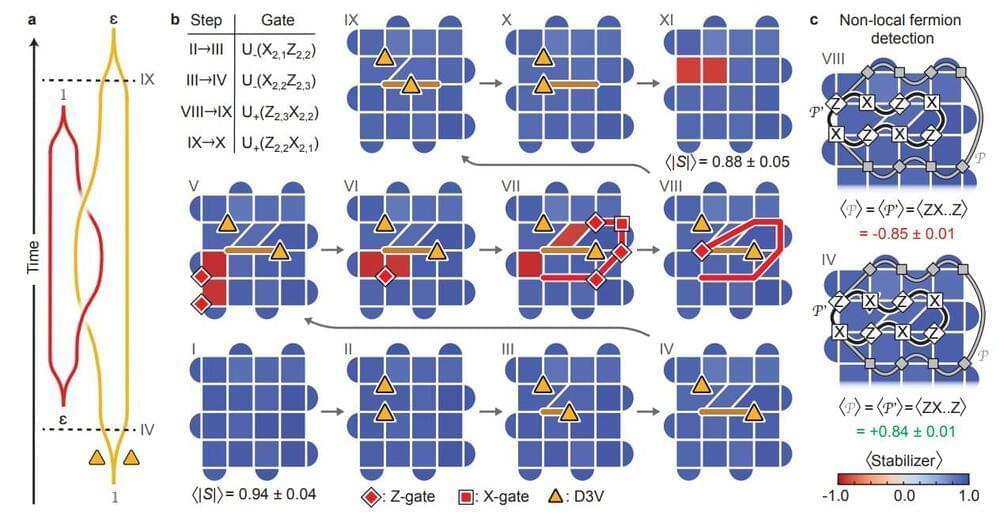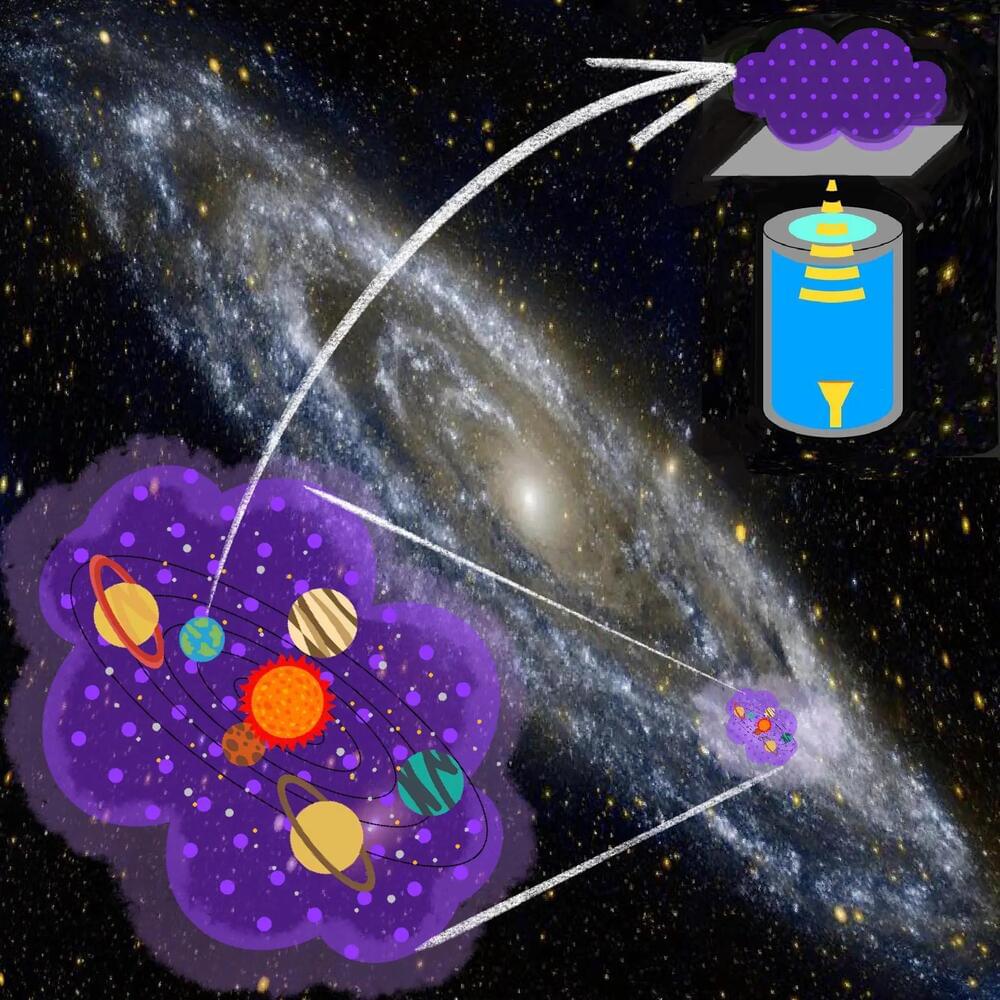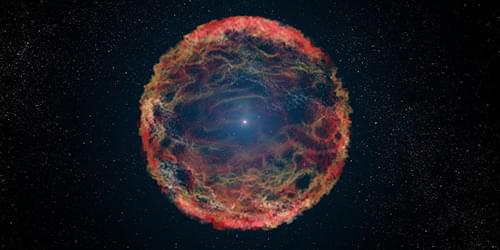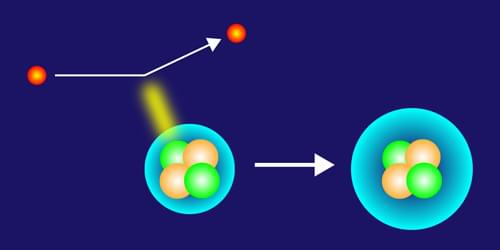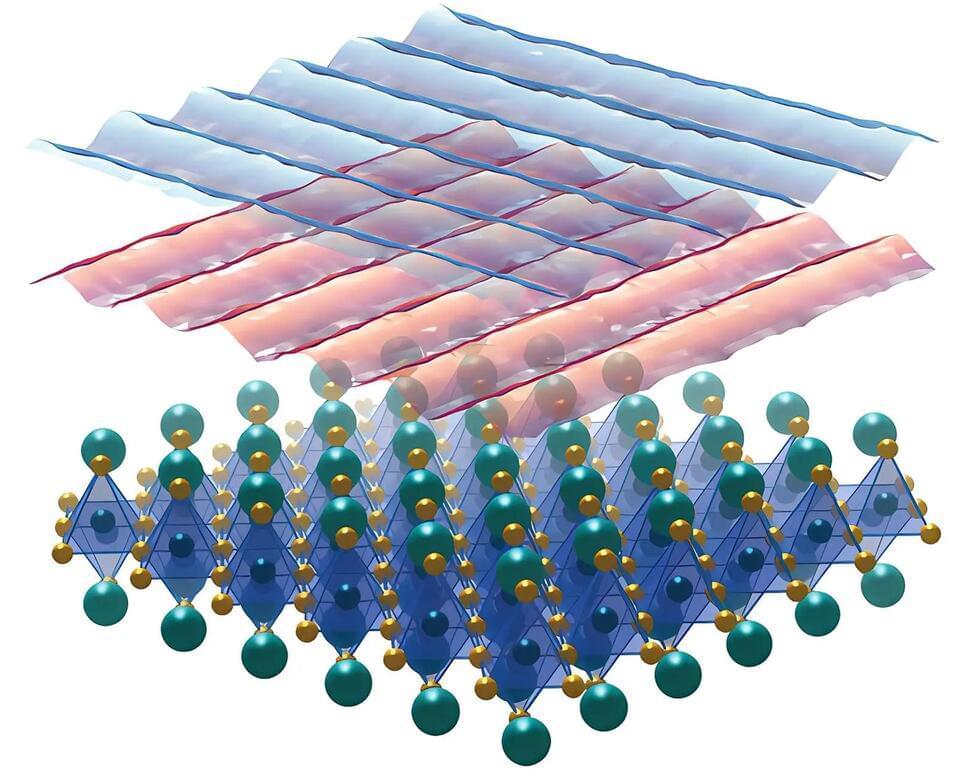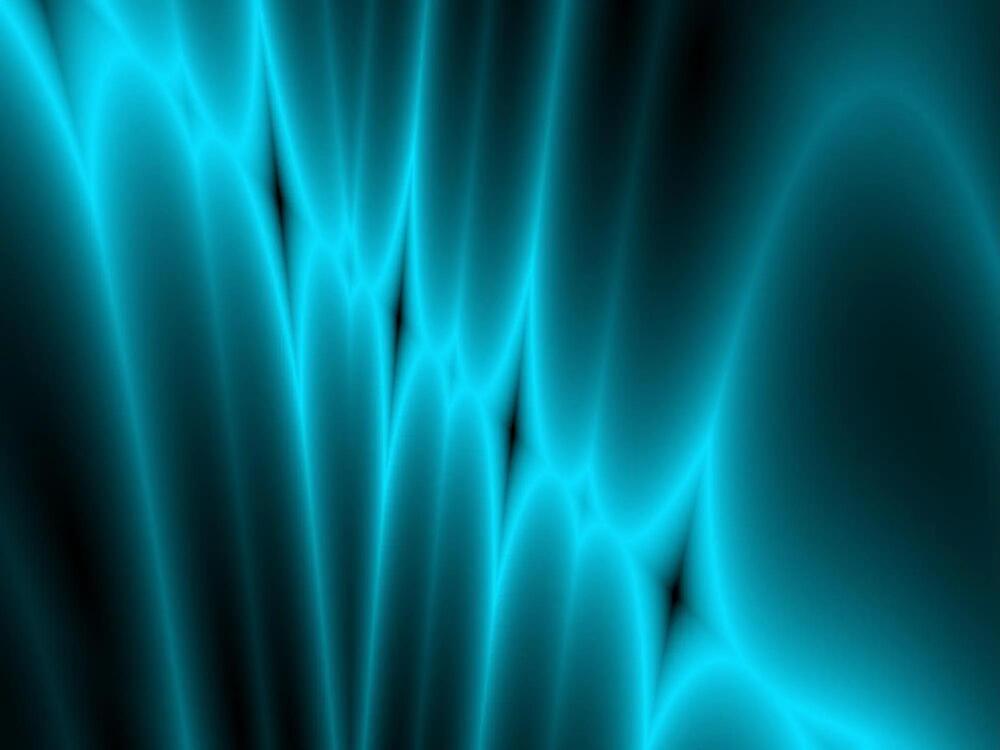Some classical computers have error correction built into their memories based on bits; quantum computers, to be workable in the future, will need error correction mechanisms, too, based on the vastly more sensitive qubits.
Cornell researchers have recently taken a step toward fault-tolerant quantum computing: they constructed a simple model containing exotic particles called non-Abelian anyons, compact and practical enough to run on modern quantum hardware. Realizing these particles, which can only exist in two dimensions, is a move towards implementing it in the real world.
Thanks to some creative thinking, Yuri Lensky, a former Bethe/Wilkins/Kavli Institute at Cornell (KIC) postdoctoral fellow in physics in the College of Arts and Sciences (A&S), collaborating with Eun-Ah Kim, professor of physics (A&S), came up with a simple “recipe” that could be used for robustly computing with non-Abelian anyons, including specific instructions for executing the effect experimentally on devices available today.
